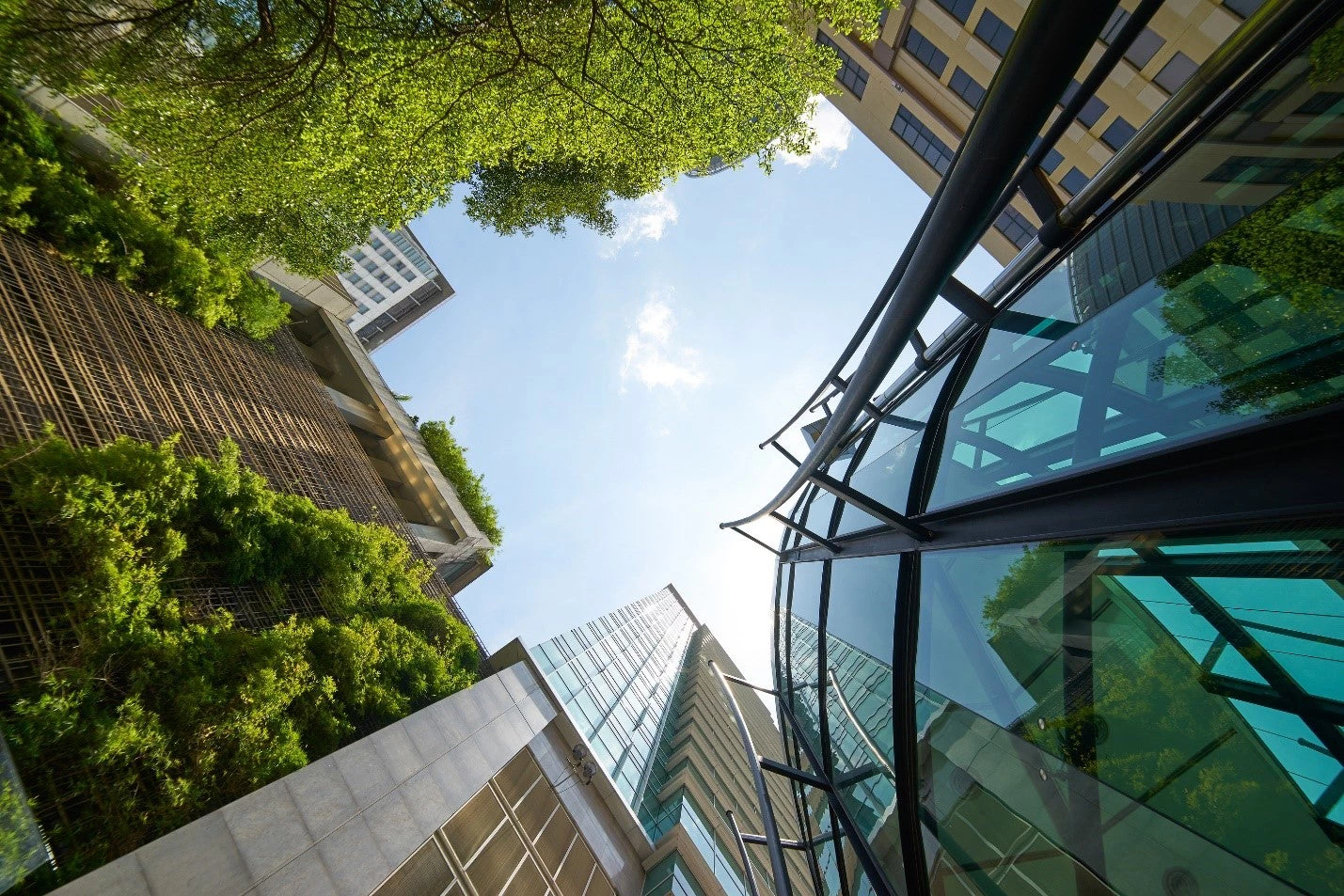
Climate change poses a significant threat to the economic development of countries around the world. The World Bank estimates that up to a 100 million poor people could be pushed back into poverty by 2030 as a result of climate change – in part due to a combination of higher agricultural prices and threats to food security and health – especially in the poorer parts of the world. The Paris Agreement and the 2030 Sustainable Development Goals (SDGs) have provided commitments to tackle the most urgent of these environmental challenges.
The issuance of green bonds run in line with these commitments as their proceeds support environmentally friendly projects that can reduce CO2 emissions, promote energy efficiency and renewable energy, and improve water and sanitation management among others. Globally, this has begun to gain momentum. As of the third quarter of 2017, global green bond issuance stood at US$32.7 billion which was an additional US$500 million compared to the previous quarter. By the end of 2017, it was expected that total global green bond issuance (year-on-year) would be between US$120 to 130 billion, superseding the 2016 figures.
This makes the recent introduction of the ASEAN Green Bond Standards (ASEAN GBS) timely. Issued by the ASEAN Capital Markets Forum (ACMF), the ASEAN GBS will help the countries involved implement their commitments under the Paris Agreement and the SDGs, and also push for a standardized set of rules for green bonds across ASEAN member countries. At this point of time, ASEAN countries have either their own green bond standards to follow or no green bond standards at all.
The ASEAN GBS thus intend to enhance the transparency for issuers of green bonds, reduce due diligence costs and help investors make informed decisions. It also provides guidance to market participants on the use and management of proceeds, processes for project evaluation and selection, and reporting.
The key additional features of the ASEAN GBS are as follows:
- Eligible issuers – The issuer or issuance of the green bond must have a geographical or economic connection to the region.
- Ineligible projects – Fossil fuel power generation projects are excluded to mitigate the green washing of projects.
- Continuous accessibility to information – Issuers are to disclose information on the use of proceeds, evaluation and selection of projects, and its management. This information will be publicly accessible from a website designated by the issuer throughout the tenure of the ASEAN GBS.
- Encourages frequent reporting – Issuers are encouraged to provide more frequent periodic reporting in addition to annual reporting.
- External review – In line with the Green Bond Principles by the International Capital Market Association, the appointment of an external reviewer is voluntary. Nonetheless, the external reviewer must have relevant expertise in the area of review. Their credentials and scope of review must also be made publicly accessible from a website designated by the issuer during the tenure of the ASEAN GBS.
Given this meaningful milestone for ASEAN, the challenge now is to ensure a steady stream of green investment projects taking place within the region that adopt the ASEAN GBS.
It is encouraging to observe that the ASEAN GBS have been adopted. A corporation in Malaysia i.e. PNB Merdeka Ventures Sdn Bhd (a wholly owned subsidiary of Permodalan Nasional Berhad) has pledged to adopt the ASEAN GBS – by raising RM2 billion (US$481.9 million) via a 15-year tenure-secured green sukuk - to fund an 83-storey office building. This building will form part of the Merdeka PNB118 Tower project within the Warisan Merdeka precinct in Kuala Lumpur. Upon completion, Merdeka PNB118 will be the third tallest building in the world, and the first building in Malaysia that will satisfy the triple green building platinum accreditations locally and internationally.
Now in its early stages with more potential adopters in the horizon, the ASEAN GBS are set to be a catalyst for green investments in the region.
As a strong proponent of the green bond and Islamic sukuk, the World Bank is in support of this initiative. This can be seen through future collaboration of the World Bank Group Global Knowledge and Research Hub in Malaysia and the Treasury with the ACMF in leveraging our relevant experience and expertise as green bonds begin to grow in ASEAN.



Join the Conversation